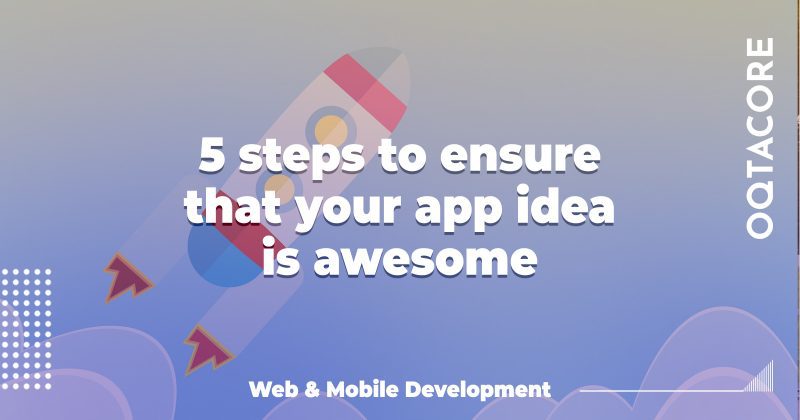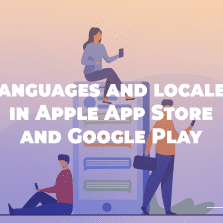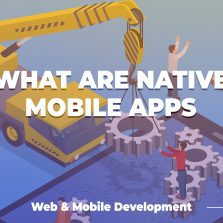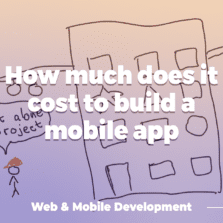

This article is based on a YCombinator youtube presentation by Michael Seibel, CEO of YCombinator and the founder of Justin.tv, Twitch, and Socialcam. We are huge fans of him and want to share the knowledge we get by watching his presentations.
Every popular application has a reason for being such – it is popular because it REALLY helps users to solve their problems and pains.
5 steps to take before starting a startup:
Step 1 – Identify the problem. Understand what kind of “pain” your service will relieve the user.
Step 2 – state the problem clearly. The whole essence of the problem should fit in a maximum of two sentences. If you get an essay as a result, then you do not understand the problem. Try to reformulate it, or even start from scratch. Try talking to people who have the problem, if it’s not you who has the problem. Also, distinguish problems from tasks. Task has to be done, but if it does not have some problem in it, it is not to be solved. For example, people complete tasks in videogames for pleasure.
Step 3 – Understand whether the problem is solvable at all. You, as an application’s creator, need to understand not only if the solution can exist, but also whether your app can solve this problem.
Step 4 – Feel the pain that you are solving. Imagine that you, as the creator of the application, are also the person to whom the application has to help – with this simple exercise you will understand much better what the user needs. Ideally, you have to have that problem, so you feel the real pain, not some imaginary pain.
Step 5 – Understand who you are doing this for. It is necessary to narrowly understand the problem: “Whom can I help with my application here and now?” Are those people taking the problem seriously? Are they going to pay money for the solution? Do they have the money needed, and if not, will the government or insurance company or their relatives cover the expenses? Is your solution simpler than the original problem for your target audience?
Understanding the pain
To understand “pain”, you need to understand who it belongs to. You need to shape the image of your ideal user.
- Find out how often the user has this “pain”.
Let’s take an example of a car shopping website. Who is the main target audience of the website? Do you think it’s the people that buy cars? On average, a buyer buys 1 car every 7 years. So, a buyer does not often have such a need. It turns out that car buyers cannot be the target audience of your business plan. Your main customers are the car sellers. They sell cars every day, they do it for a living, they need better solutions to sell more. So if your website is good, they will pay for it. - Determine the severity of the problem
A serious need that happens often – that’s what a startup needs for fast growth. There might be a large need, but a very rare one – just like with car buyers. Or a frequent need, but a very small one that is not worth solving. Try to target only the needs that are both serious and happen regularly. Transportation, food, health, and entertainment are good examples of needs that we have to fulfill daily, giving away our money to the businesses that serve those needs. Try to be one of those businesses. - Find out the user’s paying capacity
Think as radically as possible. Find out whose business will close if they don’t start using your app. They will be ready to give you any money.
Once you have identified who your ideal users are, you need to get them. To do this, you:
- Inform your future users
For them to know that your service exists, you must act, not just wait for them to somehow magically find out about your existence. Use targeted advertising tools, send bulk emails. - Motivate to subscribe
Build interest in your app by creating a unique discount. Example: “When purchasing access within 30 days, you will have a 40% discount for the first month.” - Do NOT give away free access or services, it attracts the wrong audience. Many application creators believe that providing the platform for free will bring more users. This is the wrong approach. It is better to start with a high price, instead of inviting users for free. Remember, only when users pay you money, they realize the full value of the service they get. If you give them access for free, they will not take it seroiusly.
- After the formation of the user base – track the “negativists” and fire them. If you have users who often complain to the support service, get rid of them, and prevent them from using your service again. Apart from the fact that they will demand periodic refunds for your services, they will also tell everyone that your application is bad.






